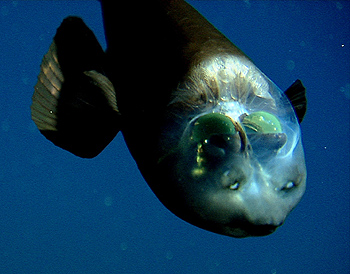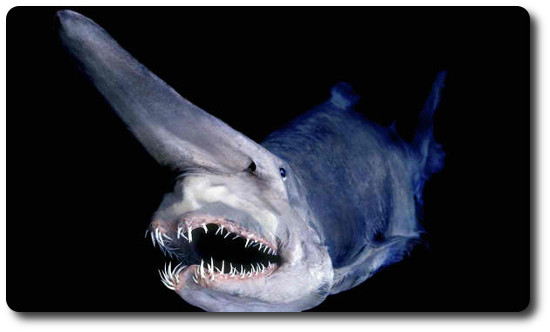Stingrays are found in warm and shallow waters of temperate seas. Most of their time are spent buried in sand and they move according to the tide.
ANALYSIS
The body is flat and it has a pectoral fin joined to the head.
The stingray's mouth, nostrils and gill slits are located under the belly while the eyes pro tude from its dorsal side.
They have an organ near the mouth that enables them to sense the natural electric charge of prey.
Most stingrays move by undulating their bodies like that of waves while others flap their sides like birds. They are about 6 to 14 feet in length depending on species.
The tail secrete venom which is used to against predators, they can kill humans too and the ancient Greeks dentists use the venom for anesthetics and even after death, their venom remains dead.
REPRODUCTION
They breed during winter and the baby stingray develop inside the mother for 9 months feeding on the yolk in their egg sac. They also feed on the milk in their mother's uterus and when they are born, they are able to swim about and begin hunting with their mothers.
The stingray's mouth, nostrils and gill slits are located under the belly while the eyes pro tude from its dorsal side.
They have an organ near the mouth that enables them to sense the natural electric charge of prey.
Most stingrays move by undulating their bodies like that of waves while others flap their sides like birds. They are about 6 to 14 feet in length depending on species.
The tail secrete venom which is used to against predators, they can kill humans too and the ancient Greeks dentists use the venom for anesthetics and even after death, their venom remains dead.
REPRODUCTION
They breed during winter and the baby stingray develop inside the mother for 9 months feeding on the yolk in their egg sac. They also feed on the milk in their mother's uterus and when they are born, they are able to swim about and begin hunting with their mothers.





